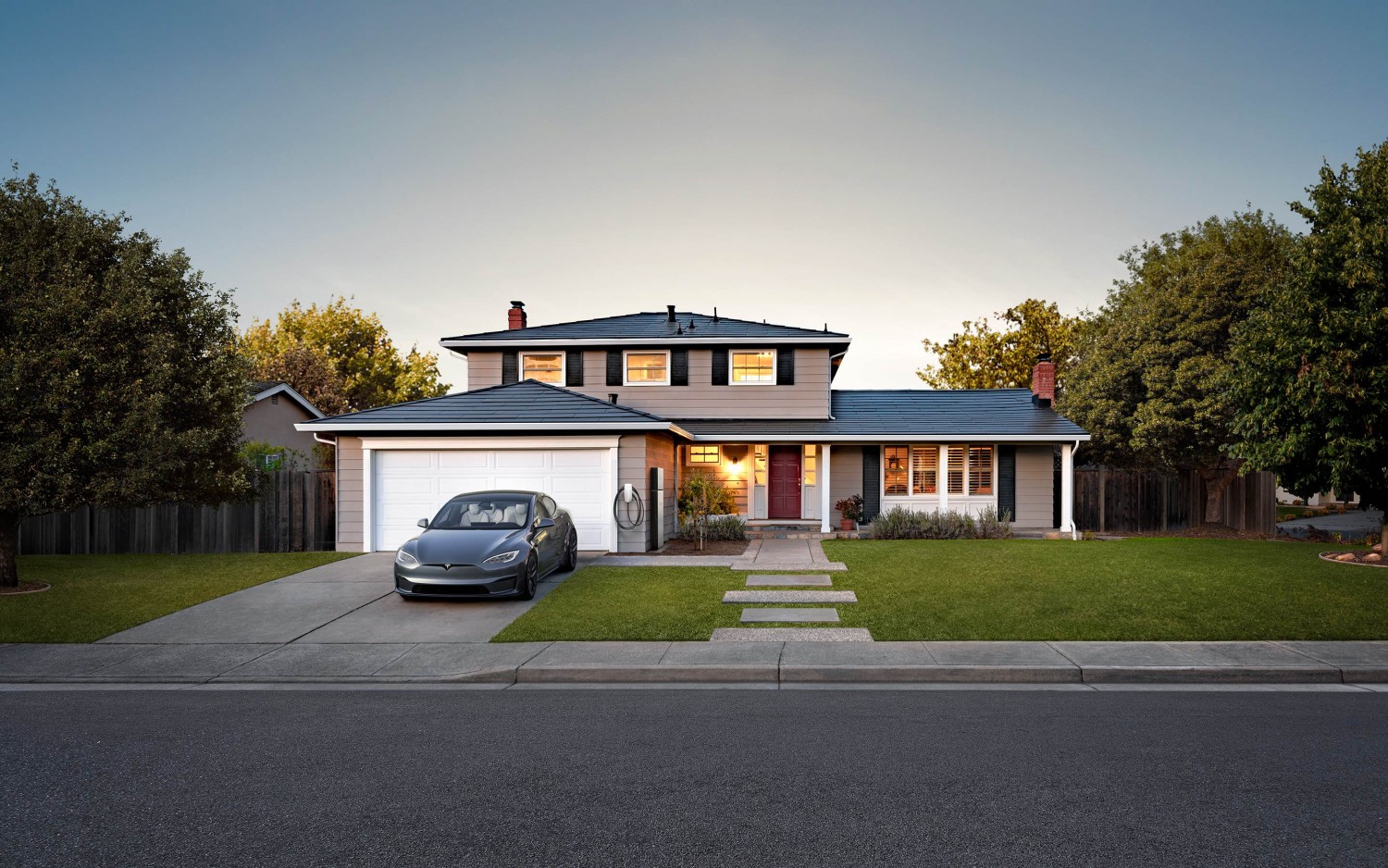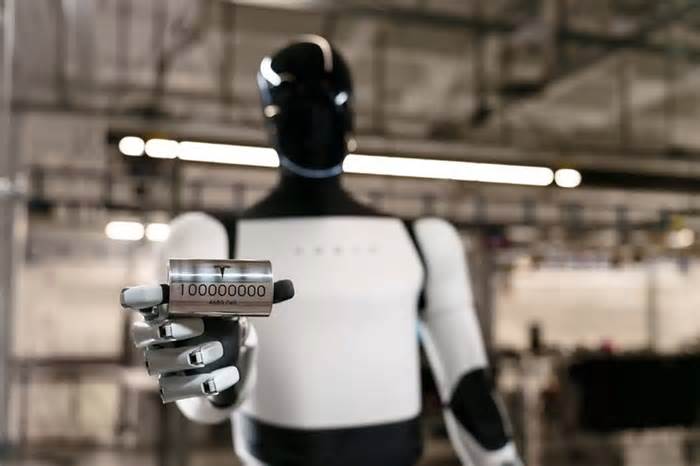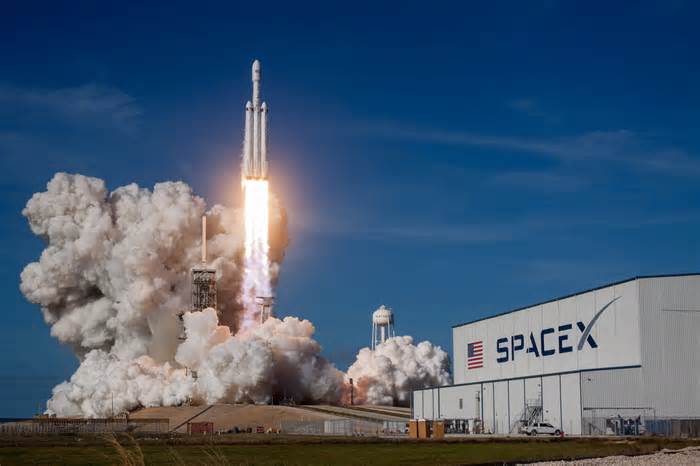
Boeing's Starliner capsule just landed with no crew aboard. What's next for this astronaut taxi?
- by Space.com
- Sep 07, 2024
- 0 Comments
- 0 Likes Flag 0 Of 5

Breaking space news, the latest updates on rocket launches, skywatching events and more!
Contact me with news and offers from other Future brands
Receive email from us on behalf of our trusted partners or sponsors
By submitting your information you agree to the Terms & Conditions and Privacy Policy and are aged 16 or over.
Those issues appear to be linked to overheating — a result, perhaps, both of the frequency of thruster use and their placement inside heat-retaining shelters on the outside of the spacecraft known as "doghouses." Bulging seals and insulation shedding appear to restrict the flow of propellant to the RCS thrusters.
NASA and Boeing had hoped that CFT would pave the way for Starliner's first operational crewed flight. That mission, known as Starliner-1, is tentatively targeted for August 2025. But it's too soon to tell if Starliner will hit that timeline.
"I think we'll see where we're at in another month or so, and have a little bit better idea of what the overall schedule will be," Steve Stich, manager of NASA's Commercial Crew Program, said during a post-landing press conference on Saturday morning.
That schedule could even include another test flight before Starliner is certified for operational astronaut missions.
"I would say it's probably too early to think about exactly what the next flight looks like. I think we want to take the next step to go look at all the data," Stich said.
"We've got some things we know we've got to go work on," he added. "And we'll go do that and fix those things, and then go fly when we're ready."
Boeing Starliner docked at the International Space Station during Crew Flight Test in 2024.
(Image credit: NASA)
Much of this work will focus on the RCS thruster overheating issue and how to mitigate it.
"What we need to do now is go take a thruster at White Sands [Test Facility in New Mexico] and make sure we understand the exact pulse sequences that cause the heating," Stich said. "And then, at the same time, in parallel, look at software changes to reduce the number of demands on the thrusters."
Teams will also investigate removing or altering the thermal blankets inside the doghouses, to help keep the thrusters cooler, he added.
"So it's really three different thrusts, I would say," Stich said.
RELATED STORIES:
Please first to comment
Related Post
Stay Connected
Tweets by elonmuskTo get the latest tweets please make sure you are logged in on X on this browser.
Sponsored
Popular Post
Tesla: Buy This Dip, Energy Growth And Margin Recovery Are Vastly Underappreciated
28 ViewsJul 29 ,2024






 Energy
Energy



















